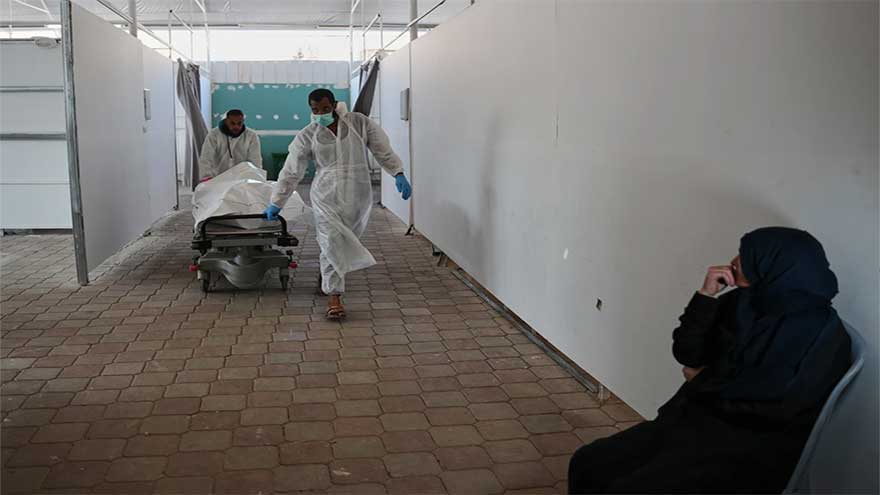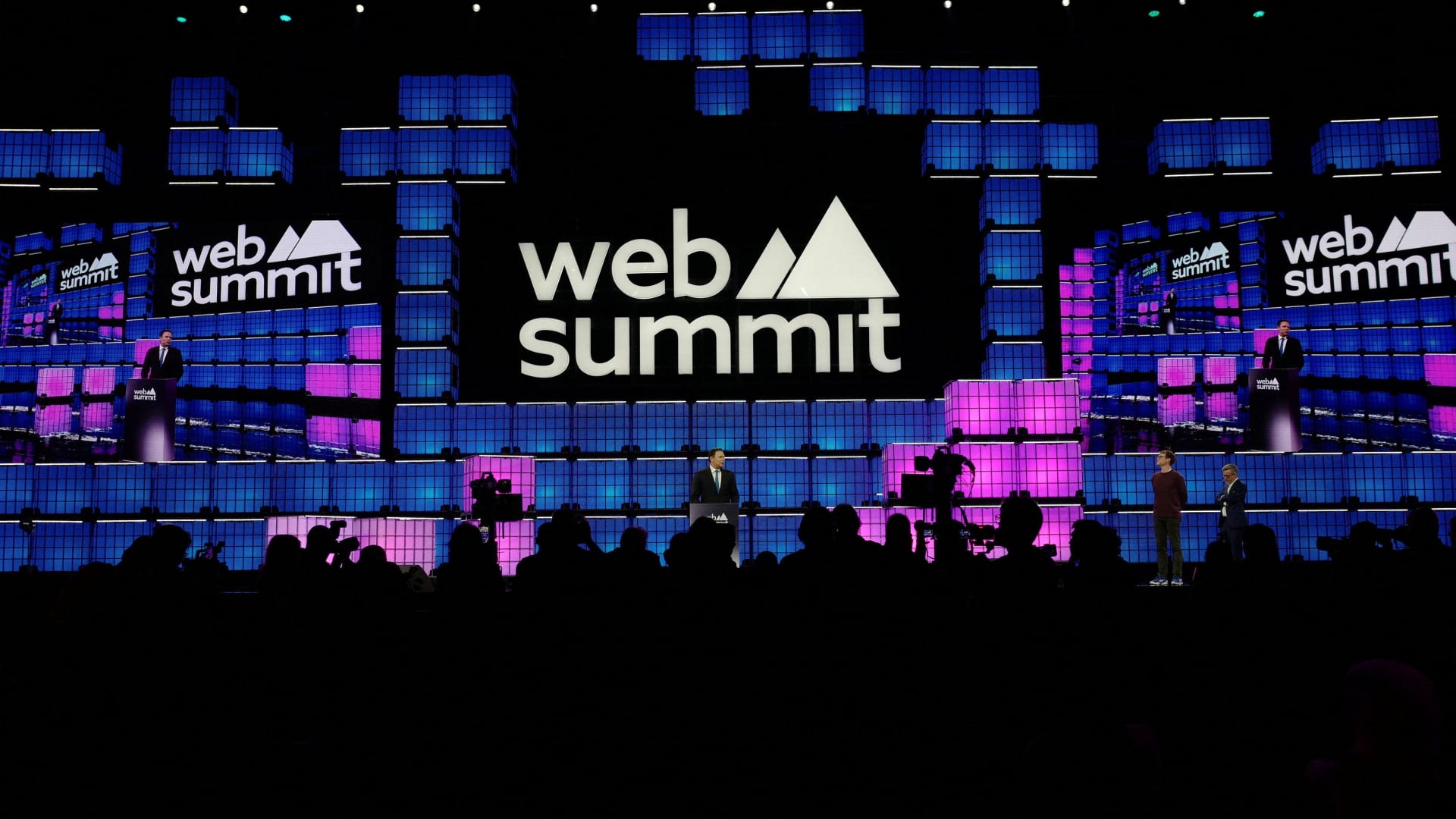-
In recent weeks, ENKA announced it selected KBR to provide detailed engineering design for Iraq’s Associated Gas Upstream Project Phase 2, while KBR itself reported contract wins for the Bul Hanine oil and gas field in Qatar and opened a new office near Washington, D.C. to boost government client engagement.
-
Alongside these developments, KBR reported third quarter results showing higher net income and earnings per share, but lowered its full-year revenue guidance for 2025 despite completing a major share buyback tranche.
-
We’ll examine how new international engineering contract awards, particularly the collaboration with ENKA and TotalEnergies, influence KBR’s investment narrative.
Trump’s oil boom is here – pipelines are primed to profit. Discover the 22 US stocks riding the wave.
The core thesis for owning KBR centers on its ability to translate engineering expertise and global relationships, especially in defense, energy transition, and government contracting, into sustained backlog growth and margin expansion. While the recent wins in Iraq and Qatar showcase international momentum, these awards have a limited immediate effect on the main short-term catalyst: normalization of delayed U.S. government award activity. The biggest near-term risk remains ongoing revenue unpredictability tied to U.S. government budgeting and program decisions, which the latest news does not directly resolve.
Among KBR’s recent actions, the opening of a new office in Rosslyn, Virginia, is most relevant. This move enhances access to U.S. government stakeholders and lays the groundwork for improved contract engagement, a critical element given the current risk around government funding delays. As near-term revenue visibility still depends on smoother federal contract flows, this step could help shape the pace of backlog conversion if award activity picks up.
Yet, despite KBR’s global wins, investors should be mindful that…
Read the full narrative on KBR (it’s free!)
KBR is projected to reach $9.4 billion in revenue and $664.3 million in earnings by 2028. This outlook is based on a forecasted 5.4% annual revenue growth rate and a $264.3 million earnings increase from the current $400.0 million.
Uncover how KBR’s forecasts yield a $59.57 fair value, a 40% upside to its current price.
Fair value estimates from eight members of the Simply Wall St Community span from US$40 to over US$5,400, reflecting a broad spectrum of expectations. Many see upside opportunity, but with unpredictable U.S. government contracting still a key risk, the company’s outlook will remain a point of active debate, compare these perspectives to sharpen your own view.








